Fraser Coast councillors asked to approve 21-storey Sheraton at Hervey Bay
From “damning” building height breach controversy to passionate pleas for business-saving progress, the first clues on how a council will vote on a 21-storey luxury resort – the tallest north of Brisbane – can be revealed.
Business
Don't miss out on the headlines from Business. Followed categories will be added to My News.
Uniformed guards flanking the doors and rows of extra seating in what is traditionally a waiting room are the first signs this is no ordinary council gathering.
Smartly dressed figures file into the Fraser Coast council’s Hervey Bay chambers, taking their place under the watchful eye of past mayors whose portraits honour their leadership of a city from its days as a tiny fishing village to this defining moment in history where the elected are poised to decide whether they will welcome Queensland’s first 21-storey five-star resort north of Brisbane.
While the official vote will take place on July 24, today’s forum is the first chance councillors have to openly grill the senior planning team since the ink dried on the agenda for the upcoming meeting, confirming it would be the recommendation of officers that the proposed $500 million Sheraton Hervey Bay be approved – notwithstanding its plain breach of building height rules.
In the hot seat is Executive Manager of Development Jamie Cockburn who, by his own admission, has spent “hundreds of hours” pouring over reports, peer reviews, requests for more information and literally driving up and down the esplanade at varying hours of the day and evening considering his assessment.
Now, in his three-hours of standing behind the lectern as questions are fired from the round table of councillors, his position is unwavering.
Yes, there is no getting around the fact there is “consequence of change”.
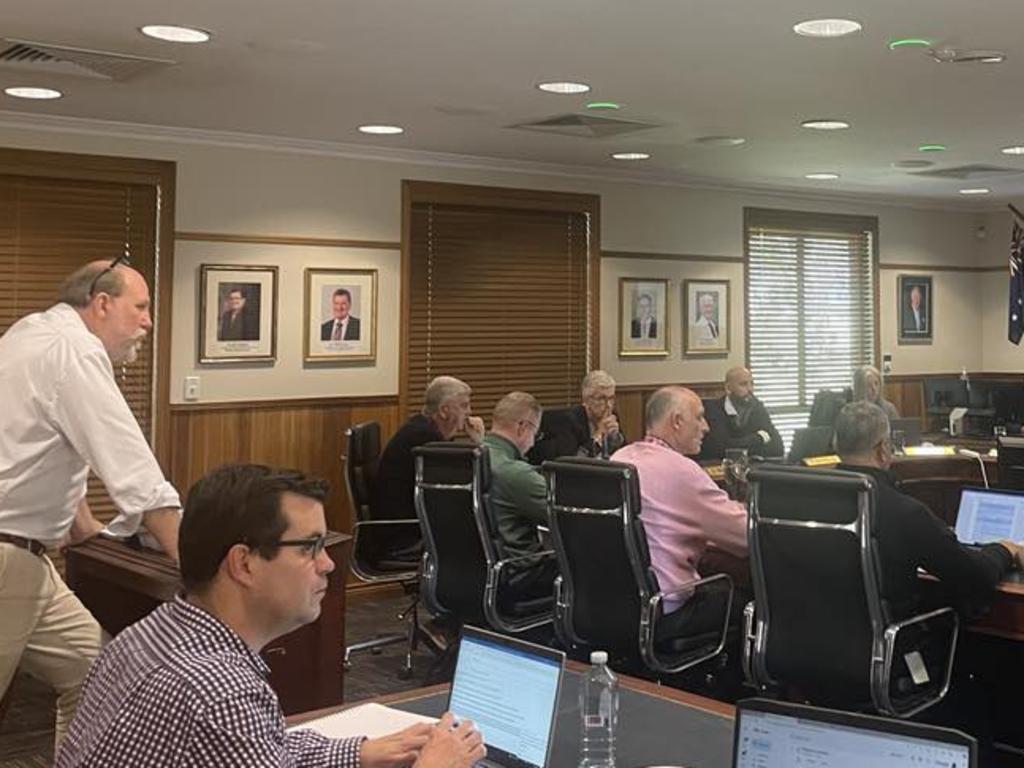
He’s even prepared to accept Fraser Coast Mayor George Seymour’s summation of one peer review expert’s opinion – that “if constructed, the proposed development would result in the crossing of a threshold whereby the local sense of place and identity will not be defined by the dominance of (existing) landscape features, but instead will be defined by substantial built form” as “damning” on that point.
He doesn’t however accept that one challenge outweighs the benefits of the only development application of its kind currently before council offering five-star “aspirational” living for professionals and addressing the “dearth” of housing diversity in a region where the only applications are for over-55 villages and sprawling residential estates on the city’s fringes.
As the recommendation in the report states: “whilst the clear impacts of the proposed developments height, bulk and scale are important and cannot be ignored, neither can the proposed developments potential benefits”.
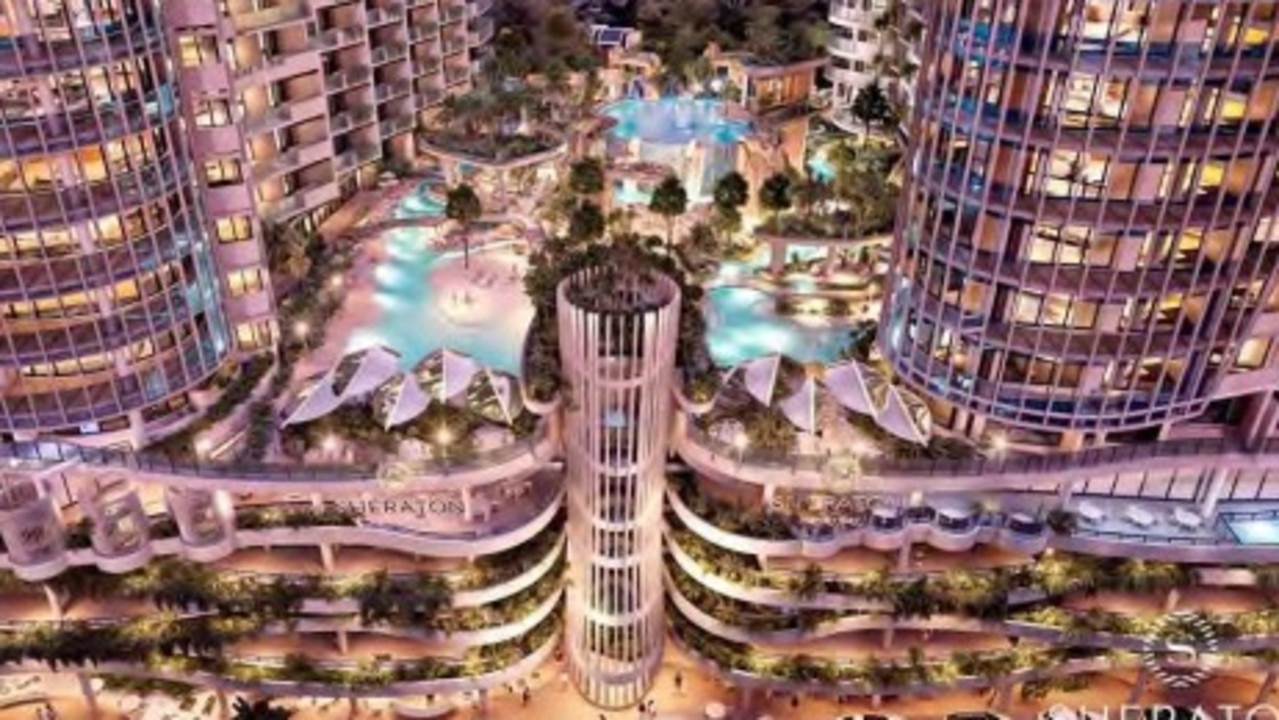
He paints a picture for context – that at a time when 2500 more people per year are moving here, to achieve this level of density under the current planning scheme and height rules, would take out 7.5 hectares of esplanade land, 25 hectares of land in a lifestyle village format and more than 40 hectares in a residential area.
He points to the problem “every council in Queensland is struggling with” where amid the biggest, unprecedented property and population boom, developments up to 10-storeys still aren’t getting off the ground because the message from the industry as construction costs skyrocket is “around the economics of constructability”.
‘Hate to see us in a position where we regret something like this’
When deputy mayor Paul Truscott says one of number one concerns people raise is about the planning scheme and asks for historical context, Mr Cockburn tells a story many in the room are visibly surprised to hear – that had this development been put forward between 1987-93 it would likely have been approved.
This, he explains, is because at the time, the town plan allowed for 20-plus storeys.
In the early 90s however, when there was a proposal for a tourist resort, the then Hervey Bay council hired a company called the Hunter Valley Research Association and every person on the electoral roll was sent a replied-paid envelope calling for feedback on building heights.
While the company at the time was concerned there were no young people in the responses and only over 55s, it was agreed the biggest response supported height limits between one-six storeys.
That moment in history, he says, helped inform the six-storey guide for decades to come including subsequent planning schemes in the mid 2000s.
The trouble is, he explains, is that position hadn’t delved into the science and “unfortunately it was a consequence of opinion and not constructability”.
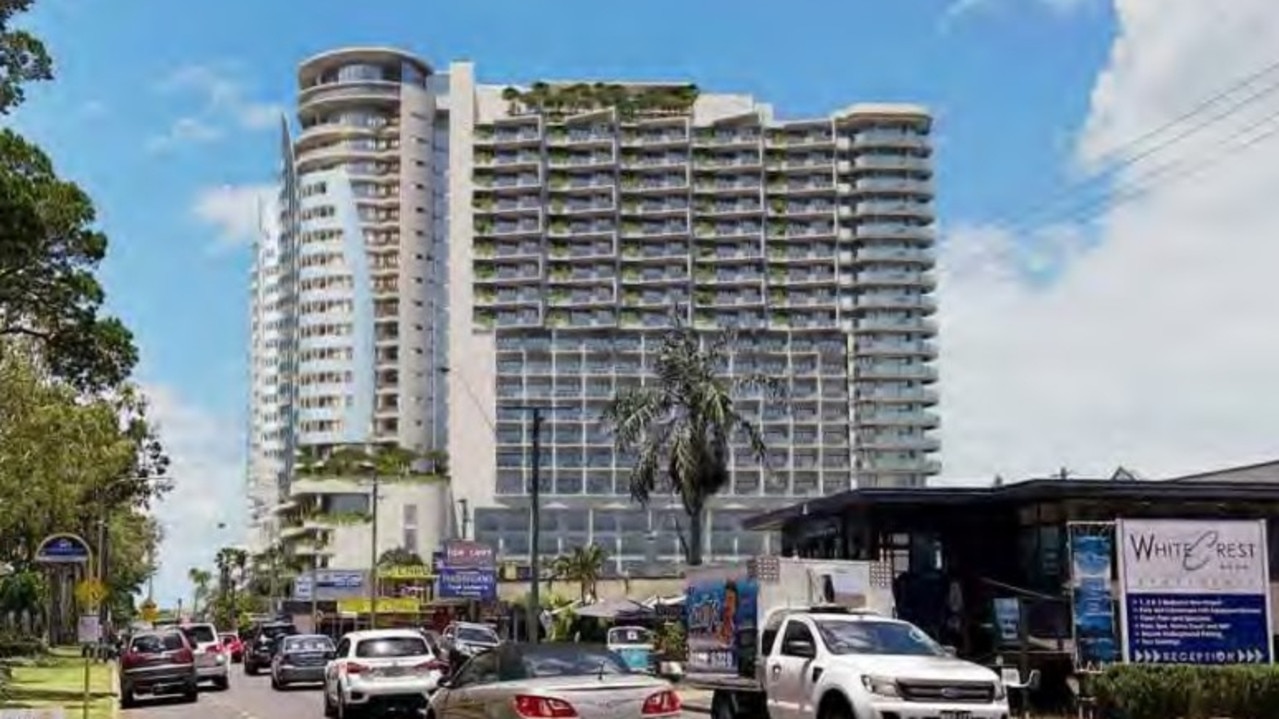
He points out nearly all the six-storey developments which had been approved in Hervey Bay since including what was then Peppers Pier Resort but is now Oaks, went into liquidation during the GFC and even now, developments up to eight storeys like the recently approved Topaz apartments were still not getting off the ground.
“What is our contribution to the housing crisis?” he asks.
“We set up rules (but) are they actually deliverable?
“Building heights are something we need to have a serious look at if we are going to actually see things happen in this space”.
After speaking with senior executives at the Moreton Bay council, where significant studies are underway into the science of constructability in areas also traditionally against high-rises like Shorncliffe and Redcliffe, Mr Cockburn decided “not to get bogged down in the height”.
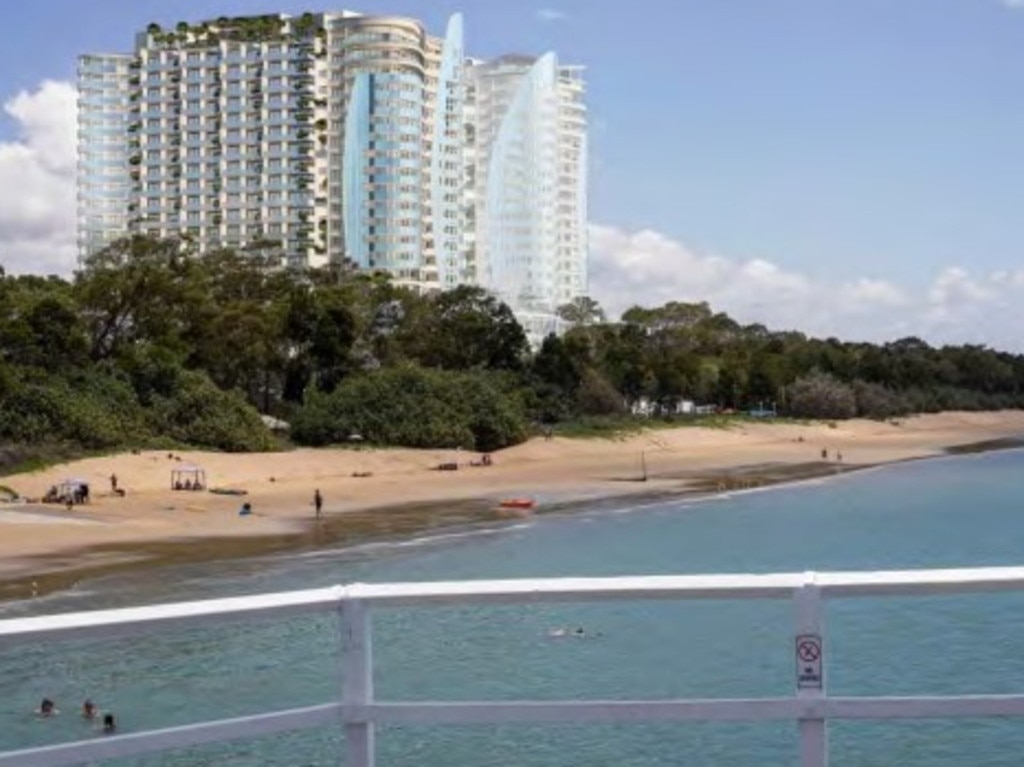
“I can’t get myself past the opportunity lost if we sit down in the future and based on science (go in this direction anyway),” he says.
“I’d hate to see us in a position where we regret something like this”.
According to the agenda for the upcoming meeting, of the 2780 “properly made submissions” from the public, 1849 were for the project and 930 were against.
Mr Cockburn says it took two weeks to read them all and that of those responses – he considered 107 “real”, non-generic submissions from locals with “skin in the game” (of which 60% were for and 40% against).
Most of the questions at this meeting come from the newly elected councillors, the majority of whom are tipped to be on the fence (returning councillors Paul Truscott in Division 3, Division 2’s Phil Truscott, Denis Chapman in Division 8 and Daniel Sanderson in 4 are understood to be slanting “yes” and the mayor, who has a track record of voting against projects dwarfed by the current proposal along with Division 10’s Zane O’Keefe are believed to be in the “no” camp).
Dialling in from her Fiji holiday, newly-engaged Sara Faraj, who campaigned on providing a better future for the next generation in David Lee’s former Division 9, asks why the reports on the project don’t delve into the impact on residents in Freshwater St.
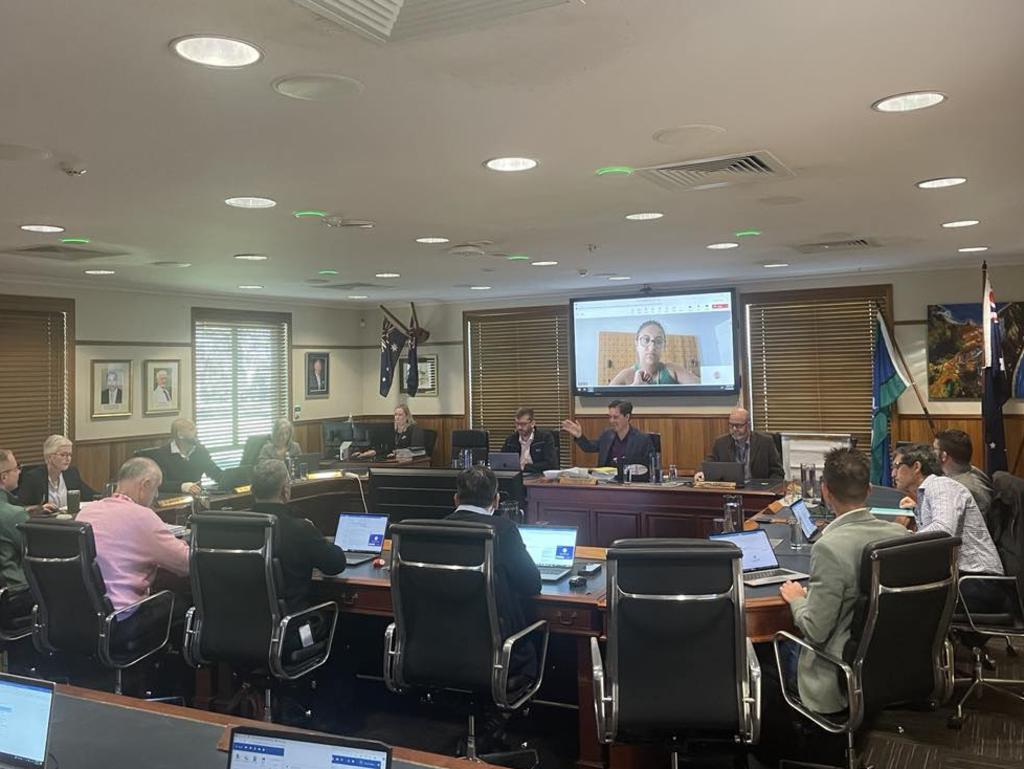
Accepting those reviewing the plans “didn’t place as much weight” on that, Mr Cockburn says residents in Freshwater Street could already expect up to eight storeys in front of them under the current planning rules and if “you drive down behind (Oaks on Hibiscus St) and look at the back it’s quite dominant, (so they considered) is this actually much more dominant?”
Both Michelles – Ms Byrne in James Hansen’s former Division 1 and Ms Govers in Jade Wellings’ former Division 5 want to know why the development must be so high, if there’s wiggle room when it comes to reducing storeys and also, whether the project is “shovel ready”.
It’s explained the whole point of the hotel and residential mix is that the developer can get return on sale of residential apartments immediately while the hotel portion is a 30-40 year return.
‘What if we want the development but not the height?’
Mr Cockburn advises councillors “I wouldn’t hold back in asking (the developer), do they have a threshold? Remember, every level you drop off you are eroding the propensity (for profit)”.
Councillors are also told feedback from industry is that based on current CPI, if a profit gap of less than 30% is on the table, “nobody will start” work.
Director of Strategy, Community and Development Gerard Carlyon says that while he’d rather be assessing four 10-storey towers than two 21-storey towers – it’s simply not the application the council has before it.
Scrunching her nose up at the likelihood of little height reduction, Ms Govers pushes and says “it feels like it’s their (the developer’s) way or the highway”.
She wants to know “are they willing to compromise if we say ‘we want the development but just not the height’?”
Mr Diehm says Mr Cockburn has a meeting with the developers the following day and will let them know it’s a question that’s likely to be asked at next week’s meeting.
During the meeting however, Mr Carlyon warns “if you say, ‘I’d really like a lot of the outcomes, but don’t want it above eight storeys – it’s not reasonable, you should just vote no,” adding 10-12 storeys would be a completely different development, “but if your position is ‘I think 21 storeys is a bit too high, but I would be comfortable with 18, 17, 16 … I think it would stand up”.
What makes this project more likely to get off the ground than others, councillors are told, is that there is already a Memorandum of Understanding signed off by the Sheraton which brings with it a $195million membership base throughout the world and the general occupancy of any Sheraton or Marriott is 50% members.
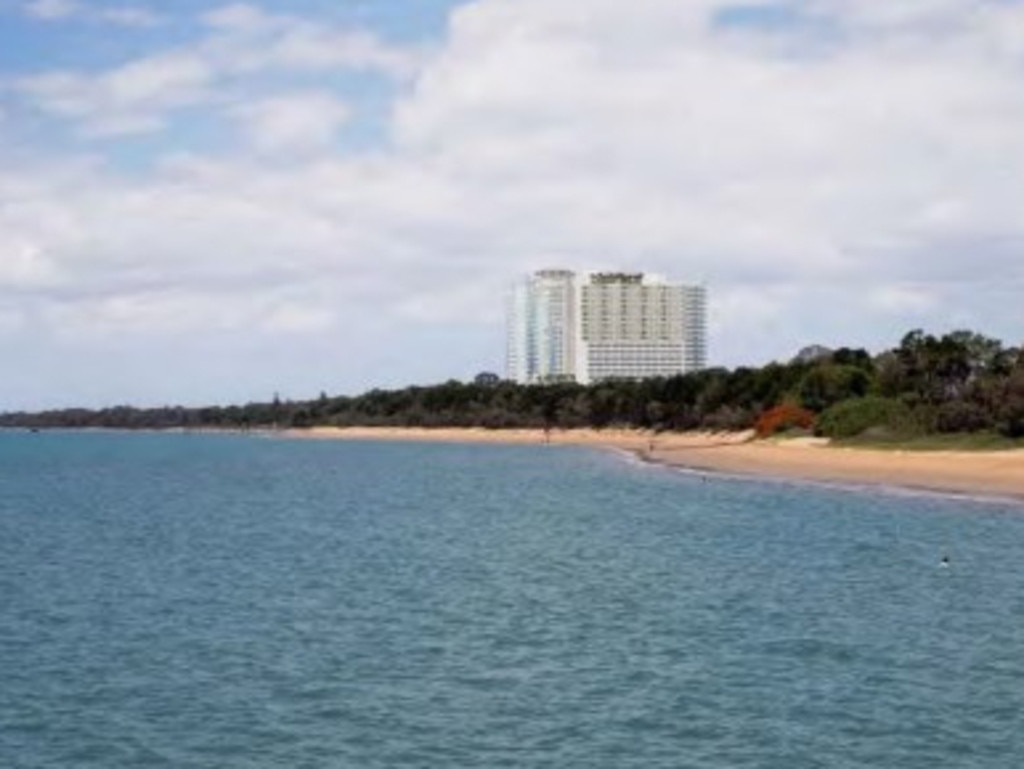
Put simply, Mr Carylon says, “they won’t build it if it’s not viable for them. ”
Councillors are told this project will “have a long tail” and while “you don’t build these things overnight” there would be a condition to be complete within 10 years and it’s likely Sheraton would want to have finished the resort in time for the 2032 Olympics marketing campaign buzz.
Mr O’Keefe insists his biggest bug bear isn’t with the height but the bulk and lack of green space, at one point labelling the building as a “compound” and stating the mental health of those living in the 424 units is a real concern.
A bemused Daniel Sanderson from Division 4 shakes his head at this suggestion as Mr Cockburn details the resort’s podium level which has shared open space, swimming pools and onsite gym facilities and suggests the beach directly across the road is the “biggest passive recreation space” in town to which Mr O’Keefe quips “unless it’s high tide”.
At this point Mr Carlyon chimes in and says, “someone in a new house at Kingfisher Lakes, the Springs (estates) etc will go further to get to open space … additionally many will have some of the best views of open space anywhere”.
‘Deceitful’ diving experience oopsie: Awkward moment award goes to …
Two of the most colourful moments in this meeting come courtesy of Division 7’s, John Weiland who unseated Jan Hegge and beat out former Nationals MP Andrew Broad in March.
Along with letting out an audible, drawn-out yawn in the opening moments of the meeting, prompting giggles and a lighthearted jibe from the CEO about it only being early, he later makes an eye-popping remark which suggests the Jamie Durie-designed diving pool is “deceitful” marketing as it is not included in the current DA being decided by council.

At this point Mr Diehm interjects and warns the councillor he’s speaking in a public meeting and to choose his words carefully.
As Mr Cockburn explains that the dive plans are indeed separate and were not revealed until after the public consultation period for the current DA had closed, Mr Diehm can be seen popping around the table to where Mr Weiland is sitting, kneeling down and whispering in his ear.
Soon after, Mr Weiland tells the meeting he wishes to retract “saying that was deceitful on the grounds I don’t think it was intended – what I mean is that potentially the community may feel mislead”.
Mr Weiland also wants to know about water, telling the room he’s heard from plumbers of blockage issues in this area even with the current demand.
Mr Cockburn says he’s confident his Director of Water and Waste Services Mark Vanner has a “very good model on water and sewage” and that the only upgrades are to remove the existing sewer line on the property, making it alone point connector which has capacity to cope with the demand and upgrading the water main – both of which the developer, which will fork out $11 million in infrastructure fees, will have to cover.
There are questions about the impact of lighting on turtles and shorebirds and Mr Cockburn refers to a report which came back with low-moderate risk ratings and tells councillors these risks will be addressed through the conditioning of detailed design of balconies and lighting which “will all have to fall in” with national guidelines).
Division 6 councillor Lachlan Cosgrove along with Mr Chapman has questions about carparking spaces – 1060 of which will be available for guests and also those accessing restaurants.
Mr Cockburn says the number of spaces is actually higher than standard and that the developer “does not want to be a burden” on parking in the area.
Mr Cosgrove also wants to know if it was possible to push for the proposed convention centre on the car park level which has a capacity of 400 seats to be bigger so as to attract national conferences.
He’s told the question was asked but the developer felt it would displace other uses and carparking spaces.
Mr Carlyon says the function space in its current form however would still be attractive to an untapped market because the hotel quality would be a “very strong” boutique option not only for weddings but conferences for doctors, the Queensland Law Society and other professionals who traditionally held conferences at destinations like Hamilton Island to mix business with tourism offerings.
Mr Cosgrove and Mr Weiland are also concerned about roadworks and disruption to which Mr Cockburn says “it’s not like buildings aren’t being built like this anywhere else in the world” and when the council was looking for a company to build the Hervey Bay CBD complex, it specifically chose one which could show it could manage traffic”.
‘Not somewhere you want to be when the sun goes down’: Fears for future of Esplanade
The most passionate speeches however come near the end from both Mr Cockburn and Mr Carlyon – the latter of whom expresses fears for the future of the Hervey Bay Esplanade.
He says while on some measures the region is booming, “on a whole range of other measures we have a really stressed economy (with) mass money stress impacting restaurants and cafes and a really tough business environment”.
“We already losing things” he says
“What is the esplanade going to be in the future?“
While chemists and doctors are welcome and there are “a lot of good fish and chip shops and a few great ice-cream places – it can’t be all it is”.
He encourages councillors to “spend some time down in this area … it is quite depressing … this site is not somewhere you want to be when the sun goes down”.
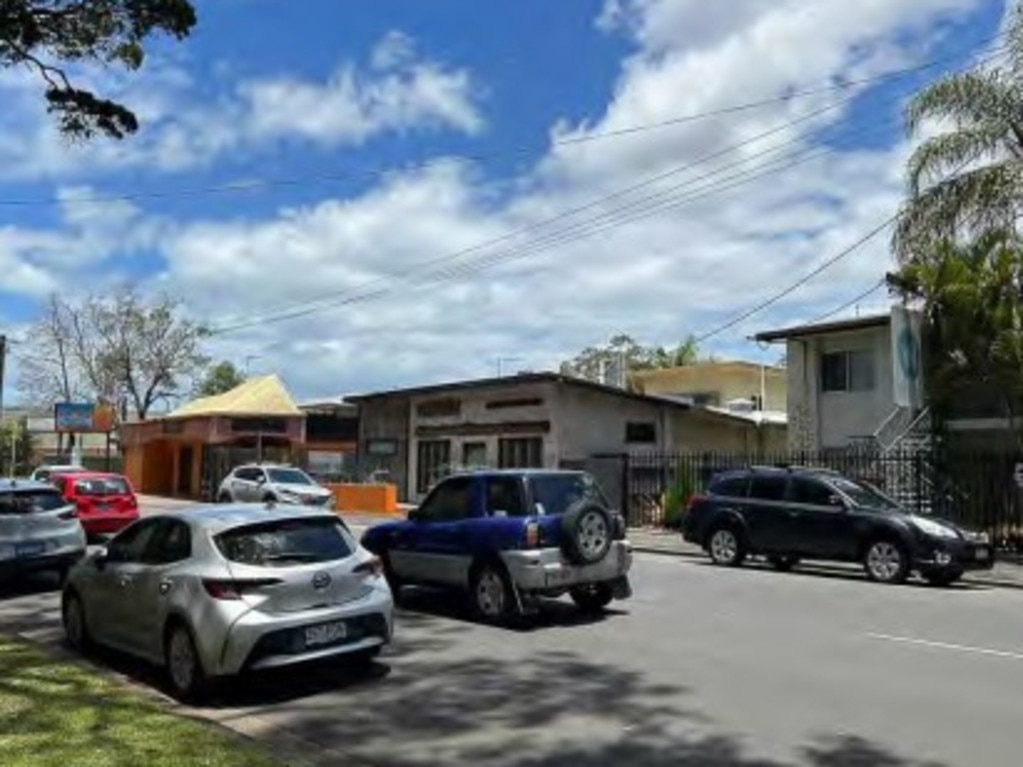
“As a council we need to look at this, it’s not improving, it’s deteriorating”.
Mr Cockburn agrees, saying that on his drives down the esplanade he would look into restaurants literally “counting people in the businesses” and warns there’s no other current DAs in the Torquay area which would change that reality or draw in the boutique businesses and entrepreneurs needed to activate the space.
In the end, the extra security, present in case any of the faces behind fiery online debates step out from behind their keyboards and into the building, is not needed.
Instead, the only non-official staff seated in the public gallery are former councillors Hegge and Wellings.
By about 1pm councillors are satisfied for now but burning questions still remain for the developers who they will face in person along with the public at the Hervey Bay Golf Club next Wednesday where the real crowd is expected to attend the history-making meeting which starts at 10am.
– Jessica Grewal is a journalist with 18 years’ experience. Along with senior crime, court and business reporting stints in Sydney and Brisbane, she was formerly the Fraser Coast Chronicle Editor before being elevated to the role of Deputy State News Director and Saturday Editor of News Corp’s regional Queensland mastheads. She is based in Hervey Bay where she lives with her real estate agent husband, Tim.
More Coverage
Originally published as Fraser Coast councillors asked to approve 21-storey Sheraton at Hervey Bay








